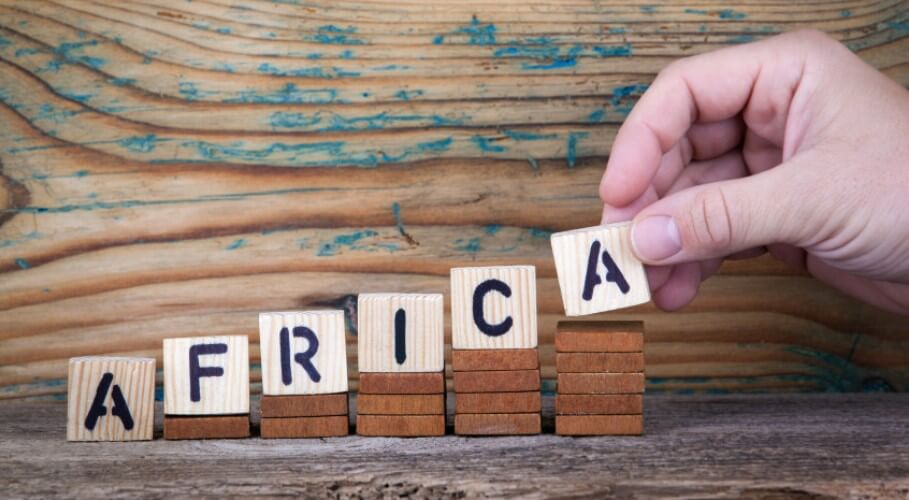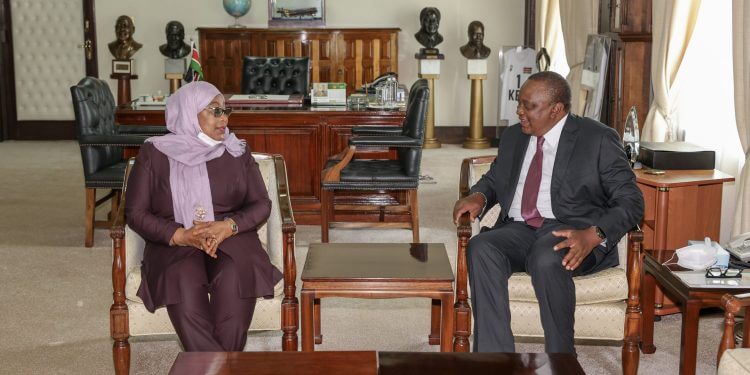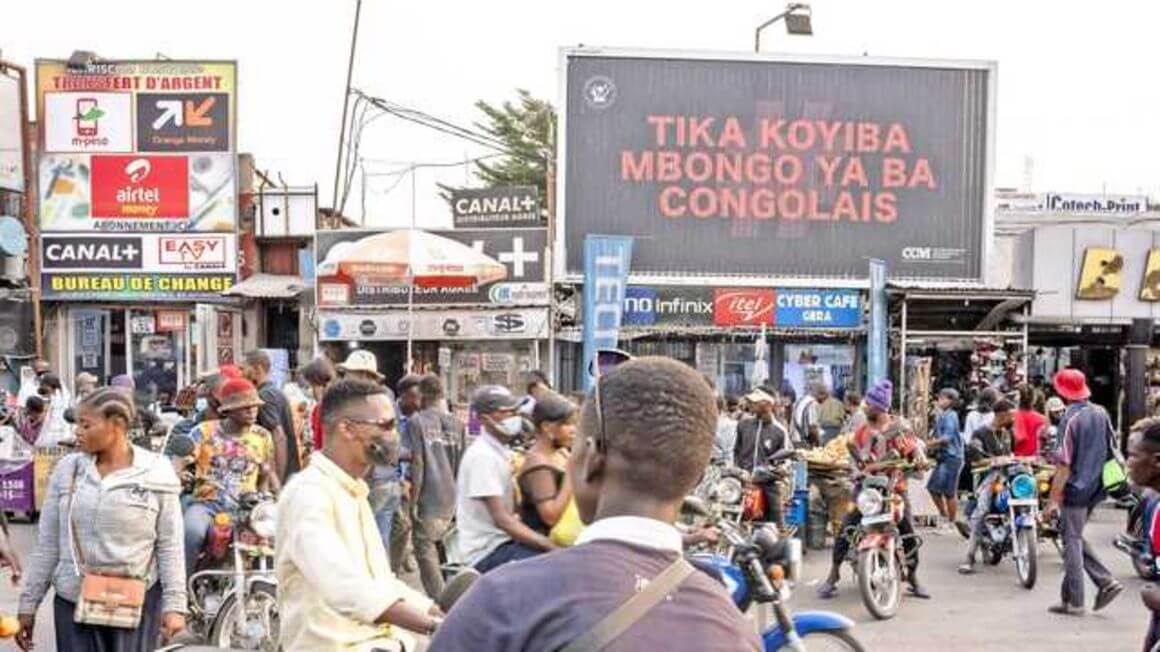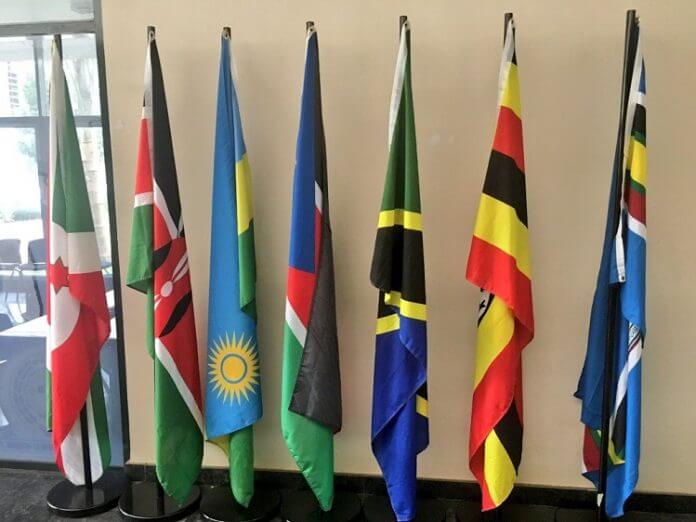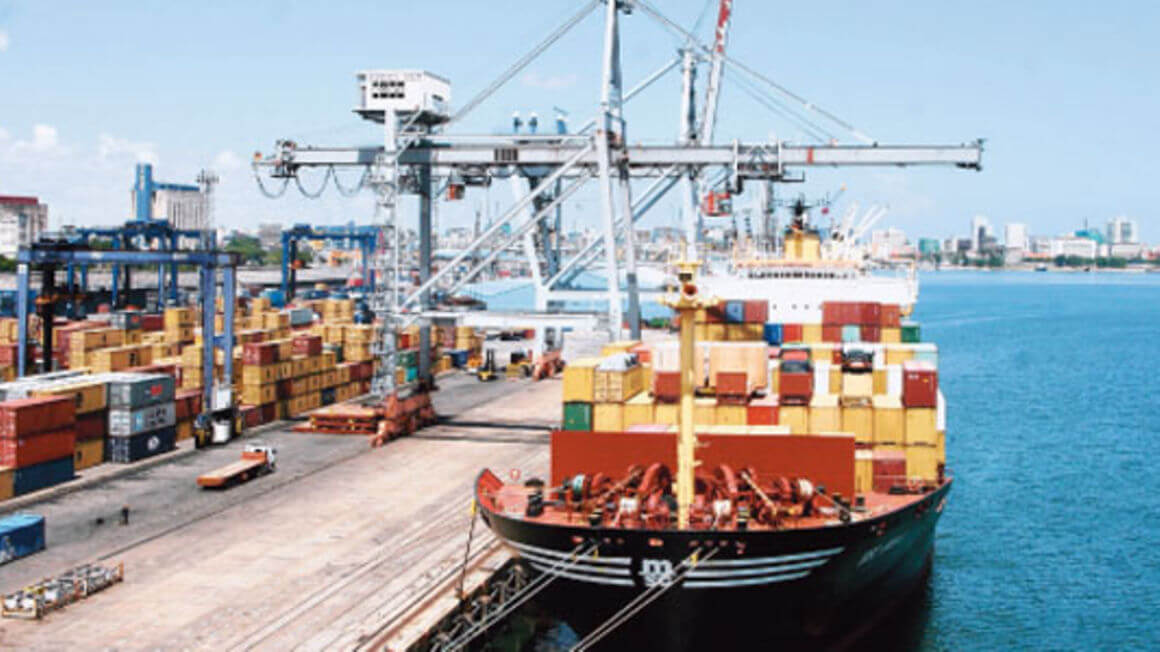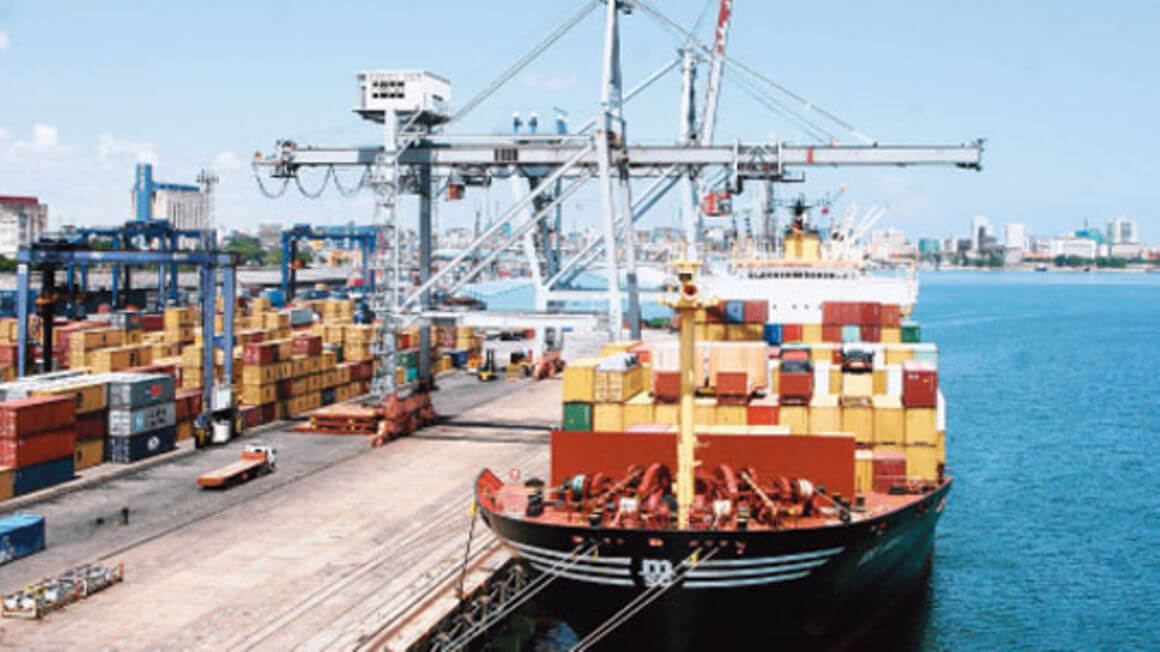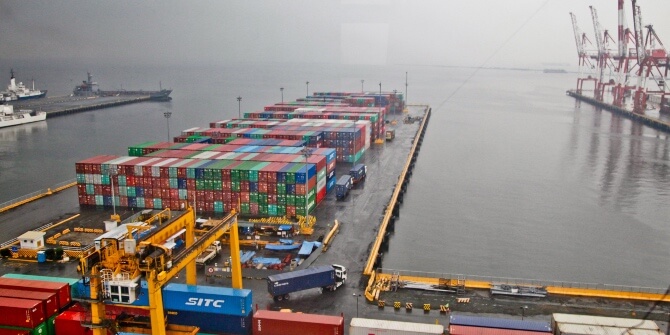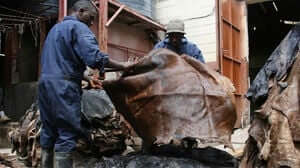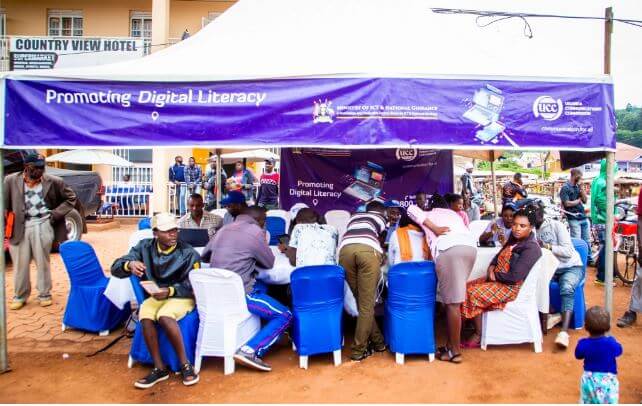After two years of physical disconnect, the moving parts of the African ecosystem have the opportunity to come together at GTR Africa. A great opportunity to connect and network – but how can we ensure synergies to implement solutions between these parts when we all go home after the event? It has never been more necessary to have the discussion of how, than now! The World Bank predicts that the African Continental Free Trade Area (AfCFTA) will boost regional income by $450bn by the year 2035 and lift 30 million people out of poverty. This environment should be a game-changer for entrepreneurs on the African continent but there are some very real questions about whether the ecosystem for entrepreneurs is primed for this growth. As an organisation that is positioning itself as the leading Pan-African banking group on the continent, we enjoy some unique insights into the ecosystem on the continent and we see critical challenges which need to be addressed before we can capture the projected growth. Let’s have a look at where we are now, before addressing how we can move forward. FRICTIONLESS COMMERCE While the Fintech eco-system has been the recipient of some significant investment and we have seen significant transactions concluded in places like Nigeria, Kenya and South Africa. African-focused entrepreneurs have voiced a key concern in relation to the alignment gaps which exist between the physical and financial “supply-chains”. Consider the textile manufacturing market and trade between Ethiopia and South Africa. These supply chains need...
How do we get more entrepreneurs in the African ecosystem?
Posted on: March 21, 2022
Posted on: March 21, 2022

